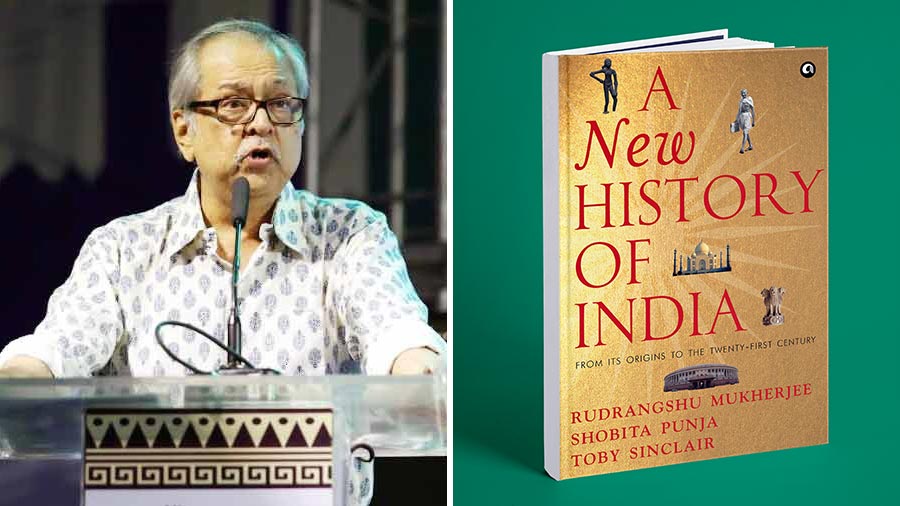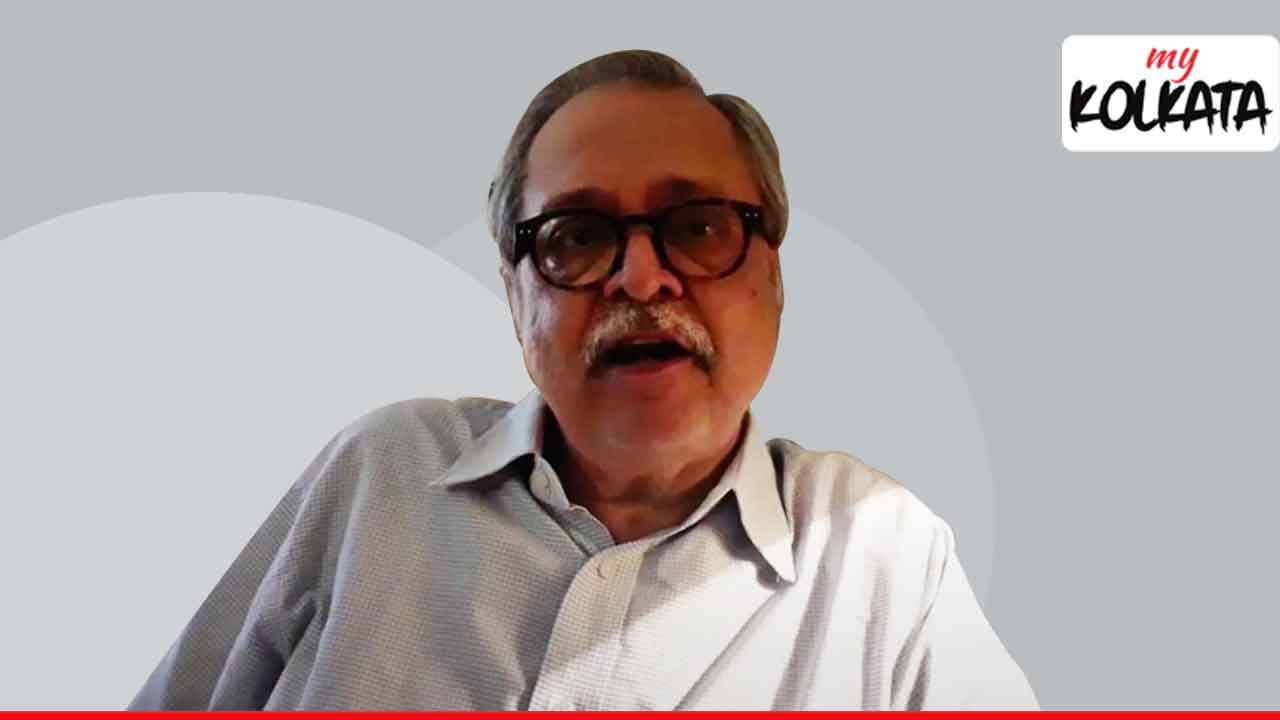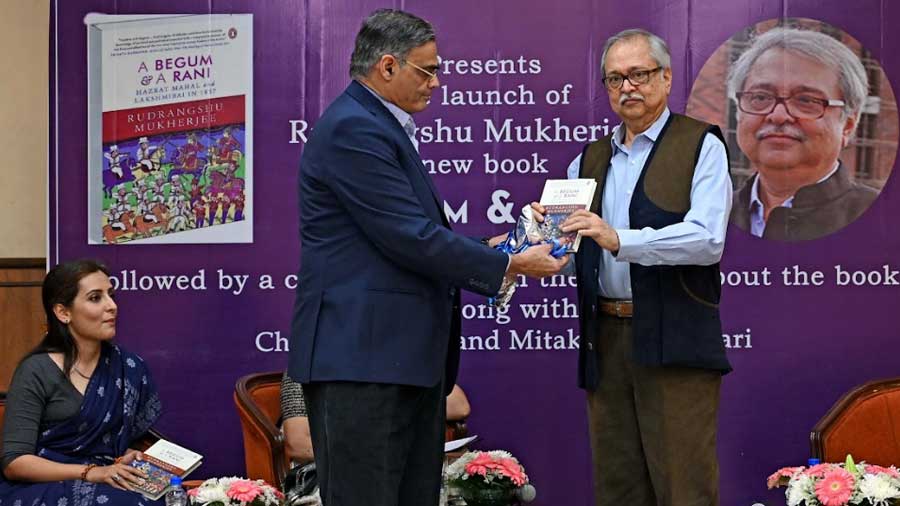History is rarely pure and never simple. Especially if it is the history of a country and a civilization as vast, varied and versatile as India. Focusing on any single period of Indian history can be daunting enough, but to sketch a panoramic view of the entire historical landscape of India is an undertaking that is unprecedented. Not anymore, as with his latest book, A New History of India (published by Aleph Book Company), Rudrangshu Mukherjee has traced India, its stories, its values and its cultures, from prehistoric to present times. Co-authored with Shobita Punja and Toby Sinclair, the book is arguably the most comprehensive macro documentation of India for the layperson that has been accomplished till date.
My Kolkata met Mukherjee, also the chancellor of Ashoka University, at his Ekdalia residence in the heart of south Kolkata to discuss this pioneering book, and more. Edited excerpts from the conversation follow.
My Kolkata: How did the idea of such a sweeping work on Indian history come about? What were your biggest challenges or concerns when you started out?
Rudrangshu Mukherjee: The original idea came from David Davidar (the co-founder of Aleph Book Company). David’s been a very old friend, and he knew that Shobita, Toby and I have known each other for a very long time, going back nearly 50 years. One day David rang me up with a reprimand and a request. He suggested that instead of just talking about history with one another, Shobita and I should write a book together, one that infuses historical and pictorial narratives. That’s where the idea was born, wherein I’d write the chapters and Shobita would go through them and write the annotations, based on pictures that she selected from Toby’s immense archive. It also meant that Toby came in as the third author of the book.
In terms of challenges, the first one was that of space. If we had exceeded 600 or 700 pages, the book would’ve been double its present price and become inaccessible for our target audience. But that meant we had to ask ourselves what to leave out. We decided to keep the thematic coverage as exhaustive as possible without simplifying the narrative. The other challenge was how selection of facts became more complicated as I neared our own times, especially post-18th century history, since the availability of information is so much more for recent periods.
‘The book is not Delhi-centric or north India-centric’
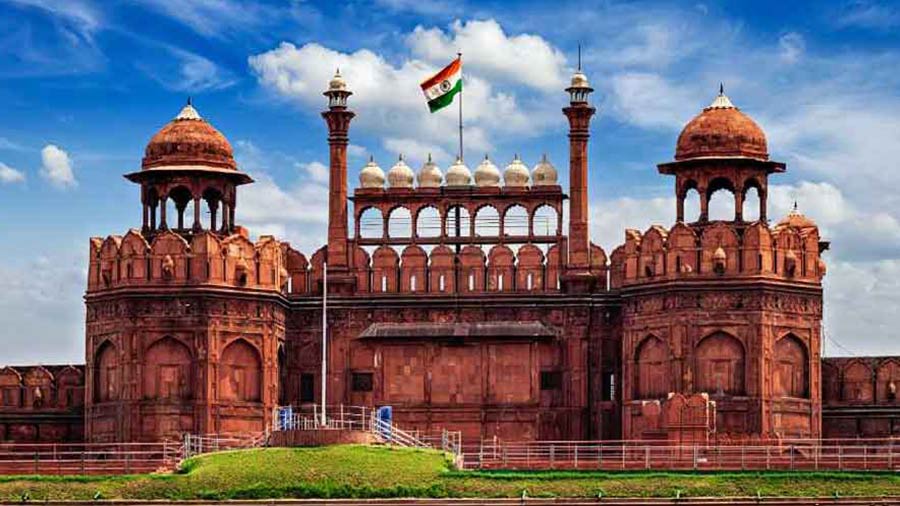
Mukherjee wanted to highlight certain key themes about India through his book, including that of India’s plurality TT archives
Did you develop some rules of thumb or a set of metrics to decide which events you wanted to keep in the book?
The book has an overall pattern, consisting of continuing but not always overt themes. Those themes dictated what we included and highlighted. One such theme was the plurality of the histories of India. We wanted to shed light on how, from a civilisational standpoint, India has always been a churning pot with many different elements thrown into it at many different periods. Another feature that makes the book different is that it’s not Delhi-centric or north India-centric. There’s ample attention paid to the diverse and regional elements in Indian history. For instance, in the chapters on the Bhakti movement, its poets and songs, we draw a lot from the south Indian and the western Indian influences, as well as from Bengal and the Punjab, instead of restricting the canvas to the traditions emanating from the Indo-Gangetic Plain.
Through these millennia, have you found certain values, traits or quirks that characterise India as a nation and society?
Apart from pluralism and diversity, India’s history is defined by enduring inequalities, which go back to 1200 or 1100 BC. With the passage of time, social inequalities of varna and caste have been overlaid with inequalities of income, with no hope of such disparities being eradicated anytime soon.
‘Pre-Mughals, I don’t think there was any idea of India’
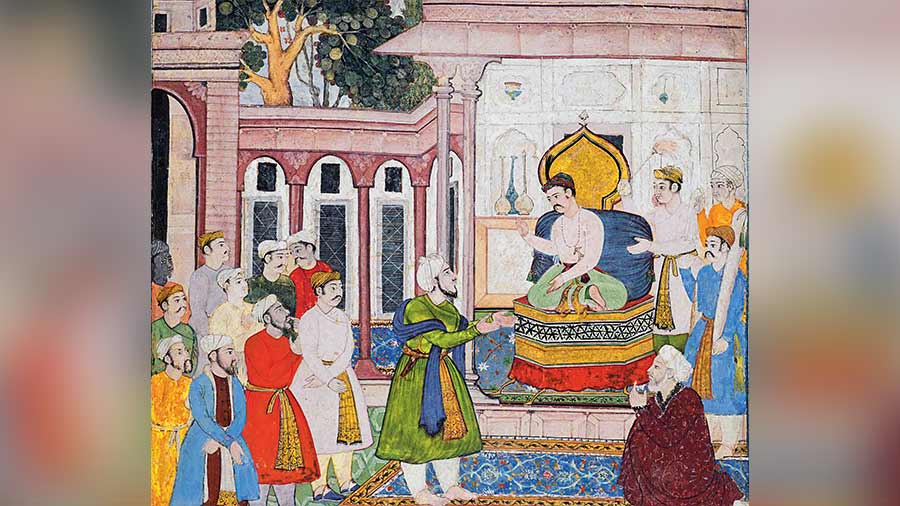
The concept of India differs when seen from a civilisational standpoint and a nation-state standpoint, explains Mukherjee TT archives
The timeline in your book spans prehistoric times to the India of 2022; when on the timescale would you say the idea of India really came into being?
There are two ways of looking at India. India as a civilisational entity and India as a nation-state. It’s easier to put a chronological marker on the latter, which emerges properly after Independence, with some elements also prevalent during British rule, particularly after 1857. The timeline of the civilsational entity, whether we call it India or not, is more contested and complicated. Pre-Mughals, I don’t think there was any idea of India. Even Bharatvarsh, which has been present in Sanskrit vocabulary for a really long time, doesn’t include Dakshina (South India). That’s why I wrote the first two chapters of the book as geological rather than historical.
‘Mahavira and Gautama Buddha don’t get the attention they deserve are’
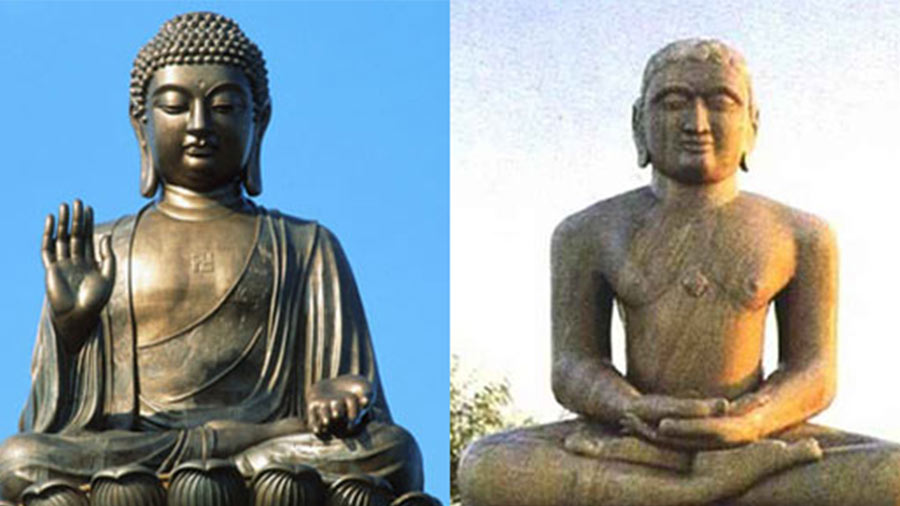
Few people today remember the messages of Mahavira and Gautama Buddha, laments Mukherjee Wikimedia Commons
When we think of Indian history, it is tempting to think of eras dominated by certain individuals. Naturally, the likes of Ashoka, Akbar, Gandhi, Nehru, among others, come to mind. But could you identify some individuals who also had a seminal role across Indian history but have rarely received their due?
The two most important Indian figures, irrespective of the chronology, who don’t get the attention they deserve are Mahavira and Gautama Buddha. Their followers have been reduced to minuscule minorities in India, and few people remember their messages. Skipping ahead to the Freedom movement, I’d say Maulana Abul Kalam Azad is another who doesn’t get the attention he deserves.
‘Political parties use history to buttress their own agendas’
You have said in the past that history is very much contested territory and that historians should be open to revising their work. But do you feel that in the era of post-truth and fake news, we are losing the basis of universally accepted facts that even contesting historians must agree on?
We must understand that the base of facts is always expanding, as we get more access to archaeological, documentary and oral evidence. Quantity changes quality, which means that we are often forced to rethink many of the facts we took for granted. At the same time, it’s also true that people are deliberately misrepresenting facts due to political agendas. Political parties have their own agendas and they use history to buttress their own agendas.While it’s convenient to blame a particular ideological formation for eroding the base of facts, other formations carried out similar processes of misinterpretation and distortion before. Mao Zedong did it in China, Stalin did it in the USSR and even the Left Front did it in West Bengal. That’s where it becomes the task of professionally trained historians to keep on writing and intervening to expose these misrepresentations and distortions.
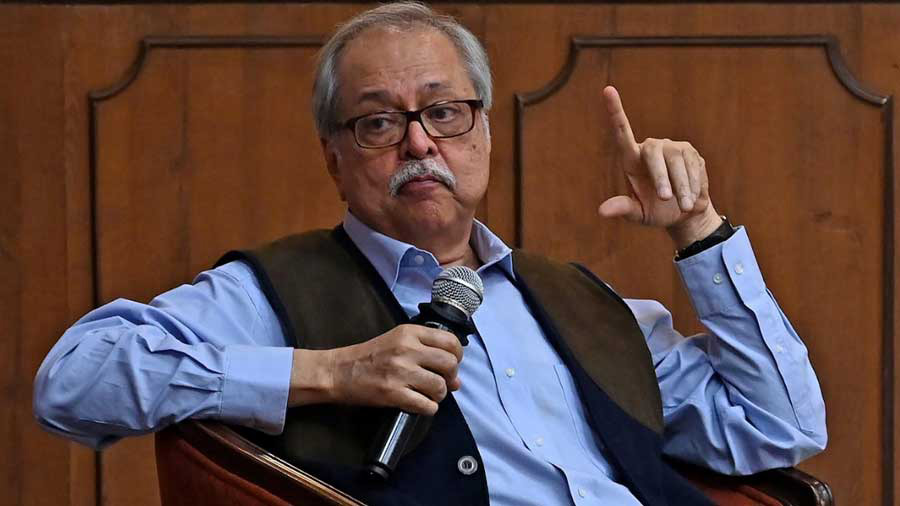
History is bound to be multi-dimensional, complex and complicated, whether written by professionally trained historians or not, argues Mukherjee TT archives
You are someone who has successfully bridged the gap between academic and popular history. How do you feel about popular historians writing history without professional training?
There’s this idea that if something is popular, it means it’s necessarily being dumbed down. I don’t agree with this idea. I think popular history can be written without dumbing things down, by conveying to the reader that historical processes are multidimensional, complex and complicated. Any person trying to write history, whether professionally trained or otherwise, should acknowledge this and not be interested in taking shortcuts.
‘India isn’t monochromatic but mosaic; nationalism, especially of a hyper variety, is corrosive’

To be an Indian is assumed to mean that one is a nationalist, says Mukherjee
You finish the book with a cautious yet compelling account of where India stands right now. Today, when we look back at the Emergency years under Indira Gandhi, most observers agree that it was a dark and dangerous period for Indian democracy. Do you think a similar analysis might come to define the present political climate of India, retrospectively?
As a historian, I don’t wish to look into the future. No data is available to me regarding what’s going to happen in the next 10 years, let alone in three, four or five decades’ time. So, I don’t want to speculate. For me, a historian is a prophet looking backwards!
Having said that, I refuse to view India through a monochromatic lens, which the present dispensation is doing. India isn’t monochromatic but mosaic. It has many essences, many histories, many cultures. What we are witnessing today is a concerted attempt to lay down what constitutes India. By defining what does or doesn’t make one anti-national. Even as a cricket lover, if I support the team that plays better cricket, it makes me anti-national. We’ve assumed that to be an Indian, we have to be a nationalist. But nationalism, especially of a hyper variety, is corrosive, because it has an inherent sense of superiority built into it.
‘Together with mathematics, history is the worst taught subject in school’
Lastly, we are increasingly seeing a neglect of history as an academic discipline in classrooms. Most students do not want to learn history and a lot of teachers do not seem able to teach it very well. How worried are you about this?
I’m very seriously worried about how history is taught and learnt in India. Together with mathematics, history is the worst taught subject in school. The logic behind maths is never taught to the students. They’re simply taught formulae and how to use them to solve certain given problems. As for history, it’s taught as an exercise in memory, wherein students are supposed to learn facts by heart and regurgitate those on their scripts, or worse still, tick boxes. There’s an urgent need to train history teachers. To make them aware that history isn’t about feats of memory. It’s about discovering patterns, establishing analytical logic and understanding structures. Facts are just the scaffolding.
